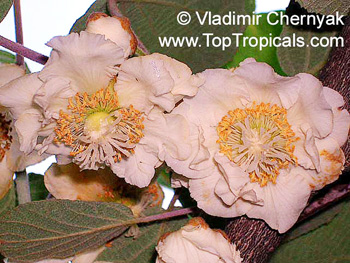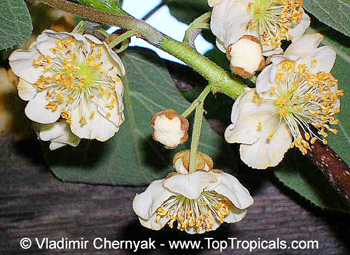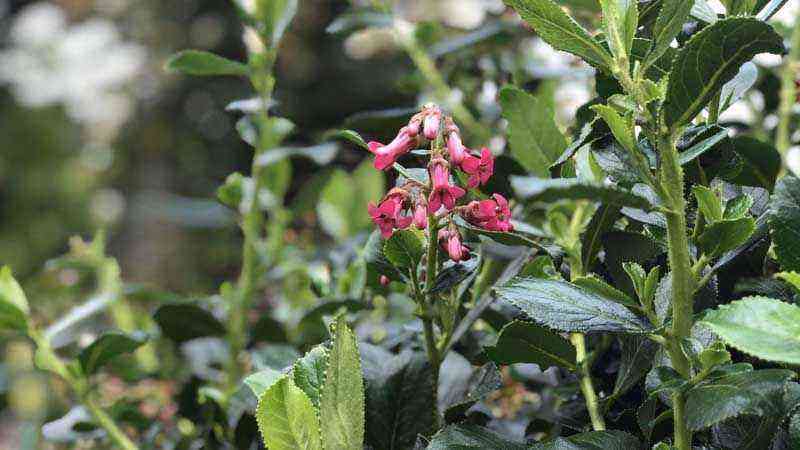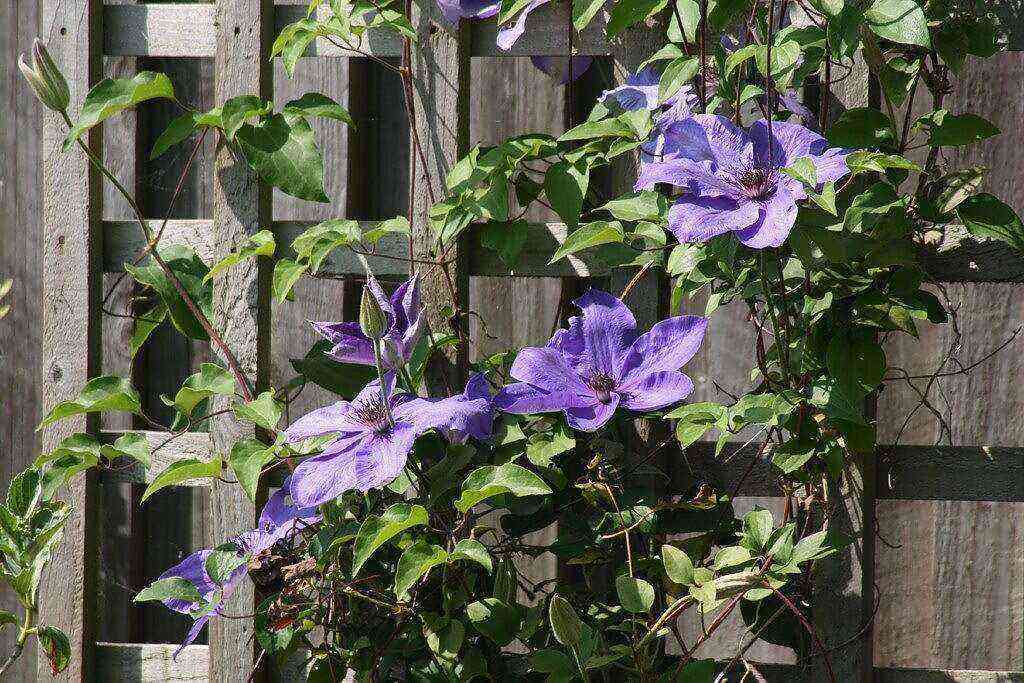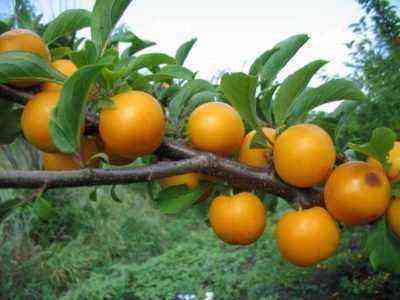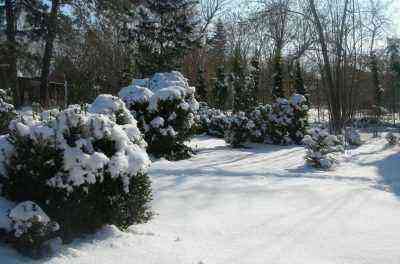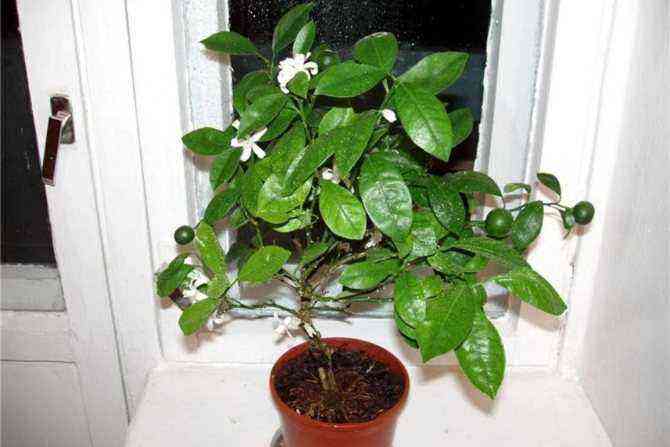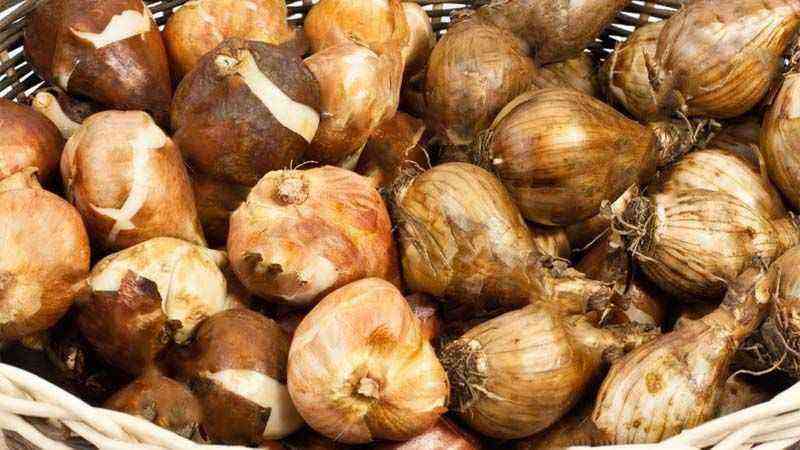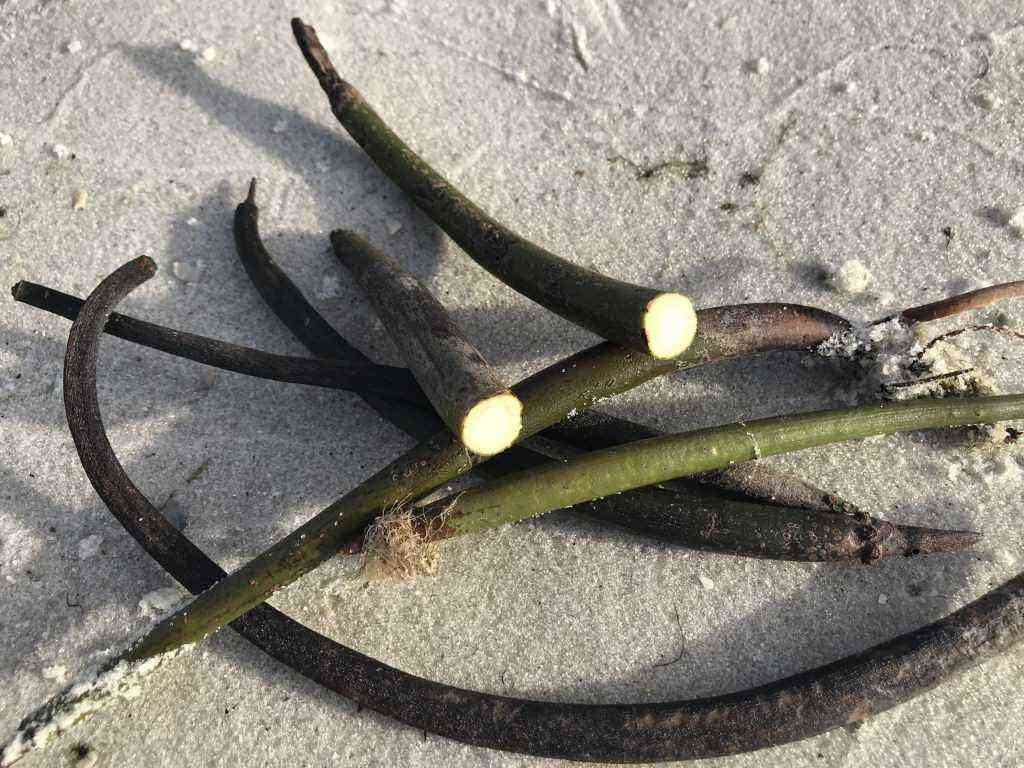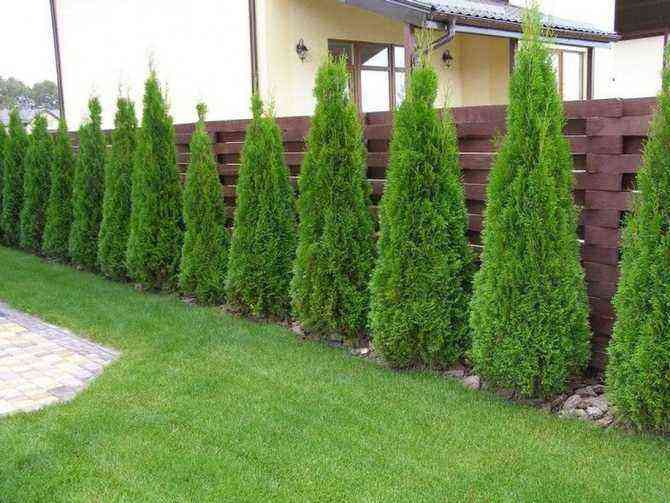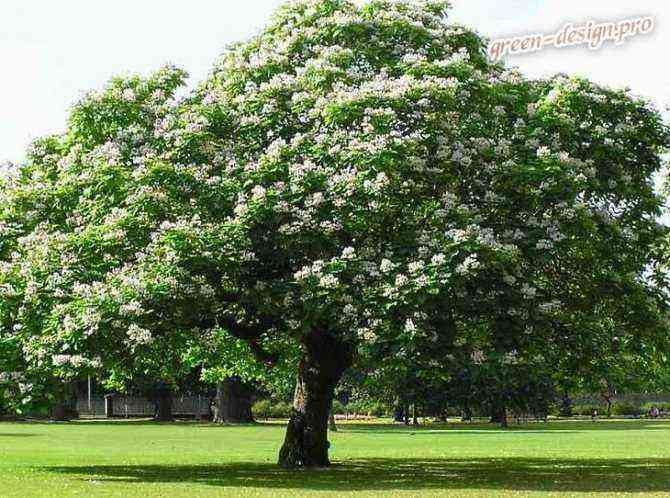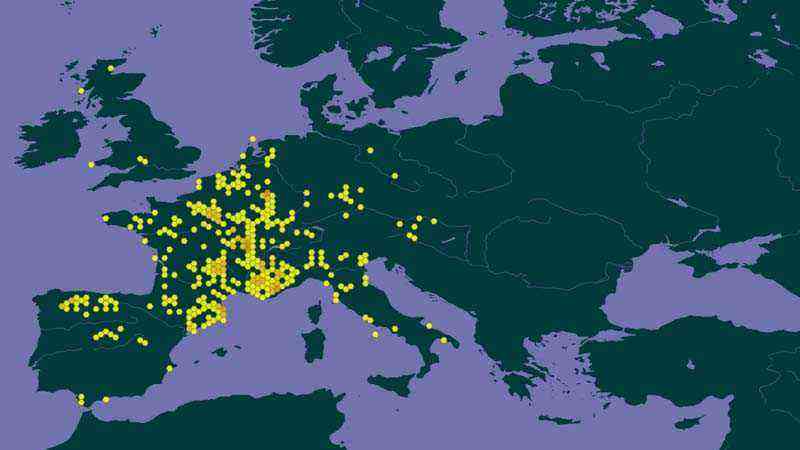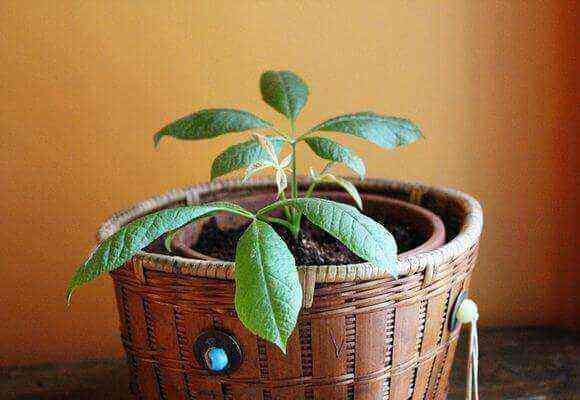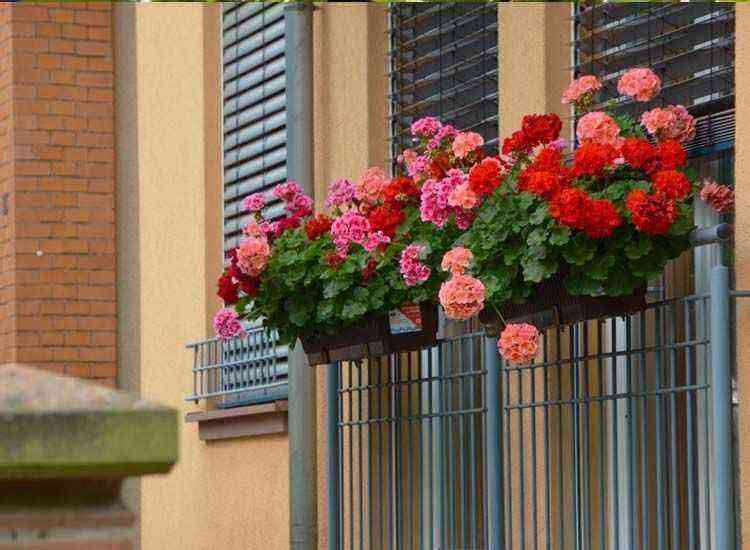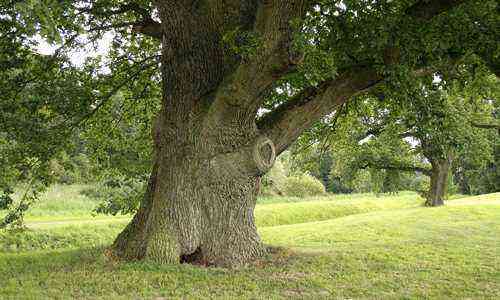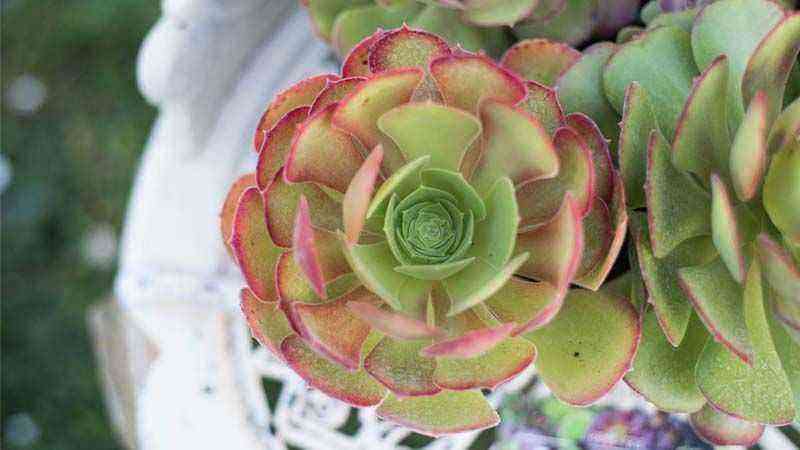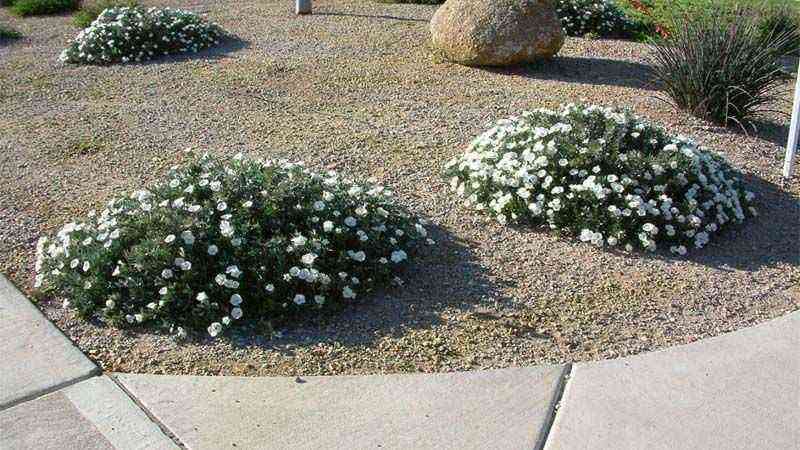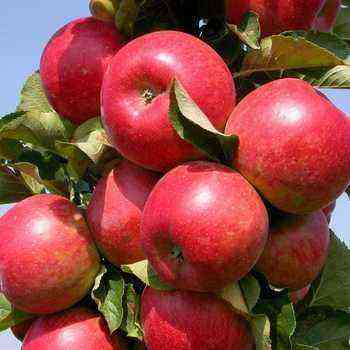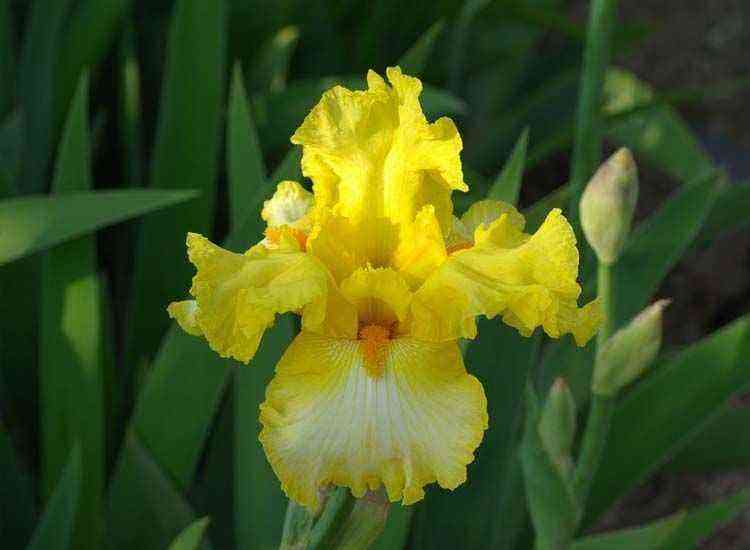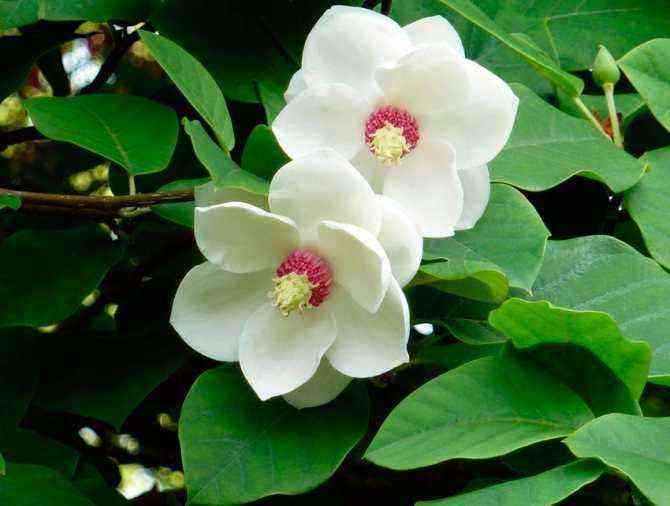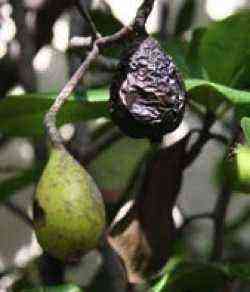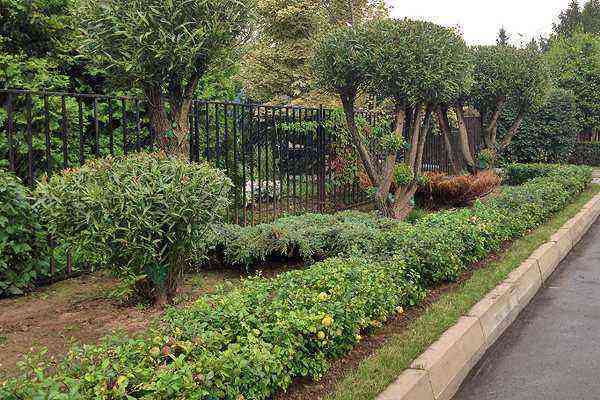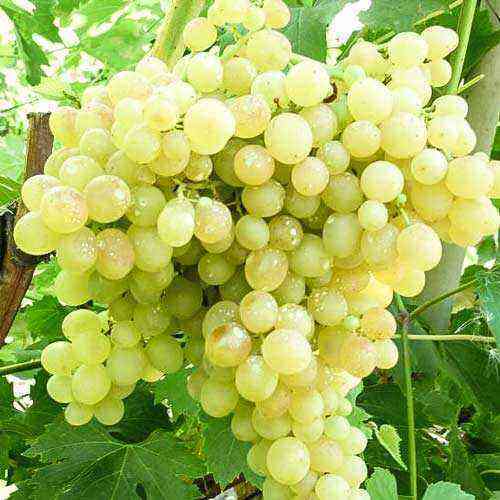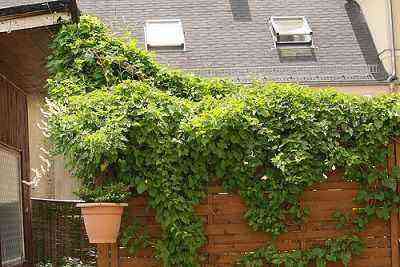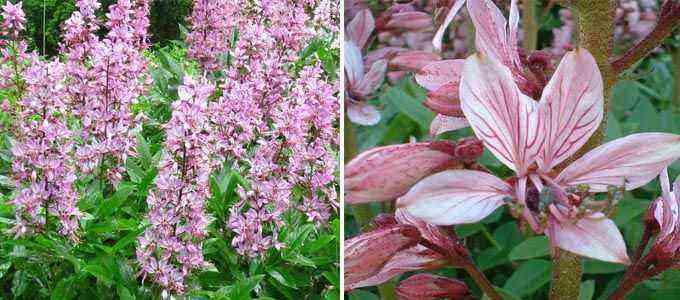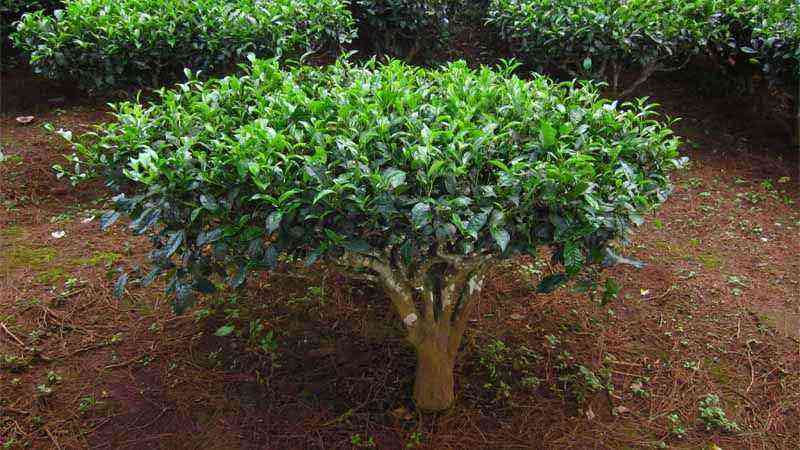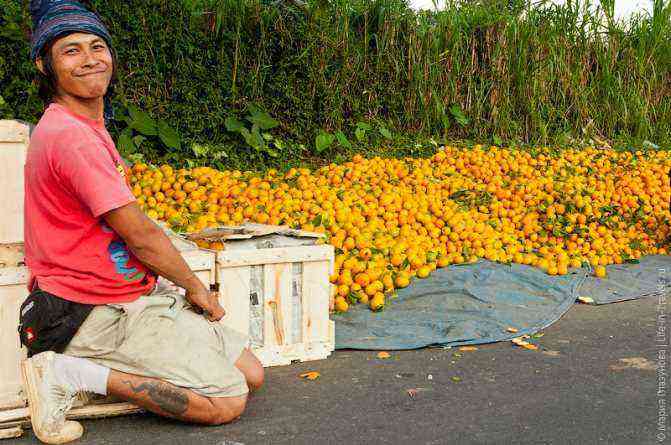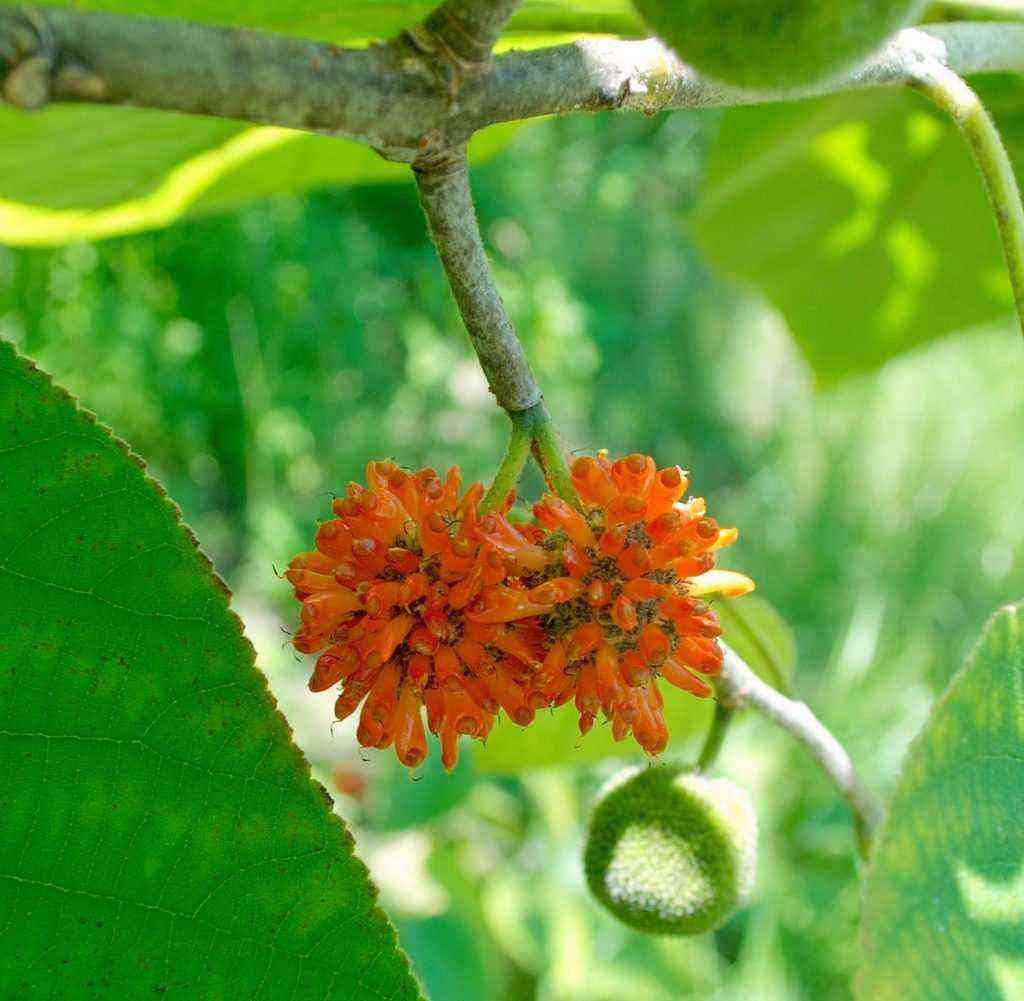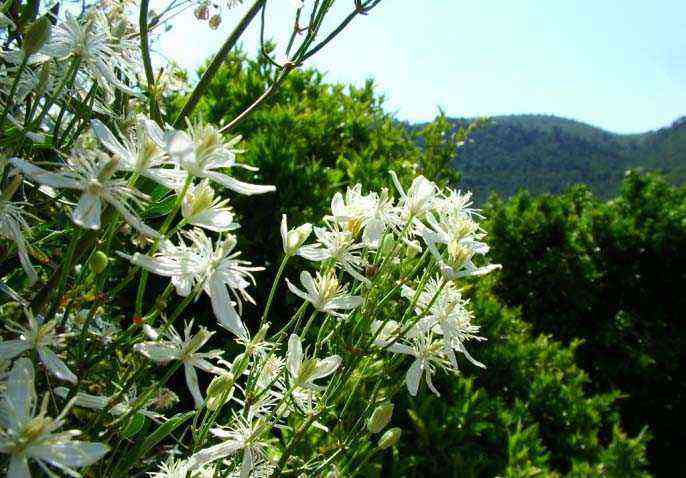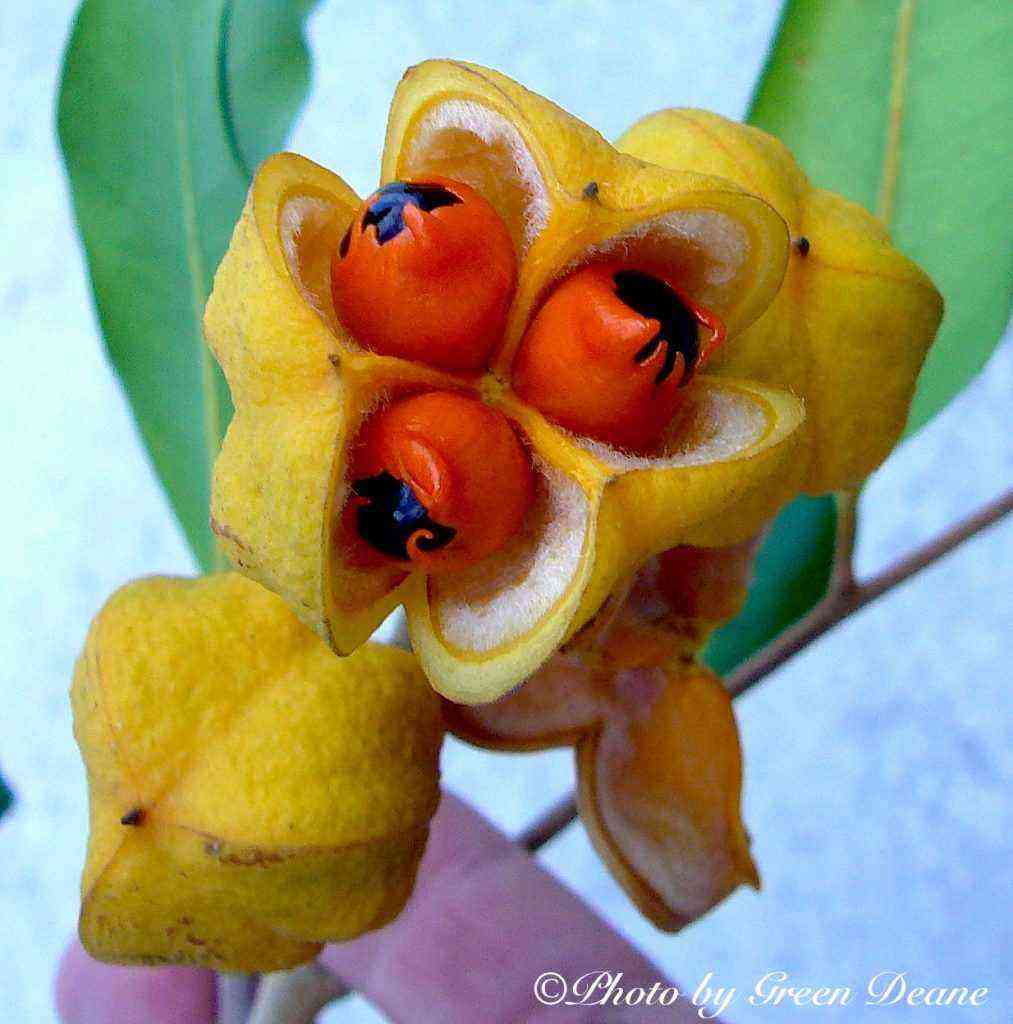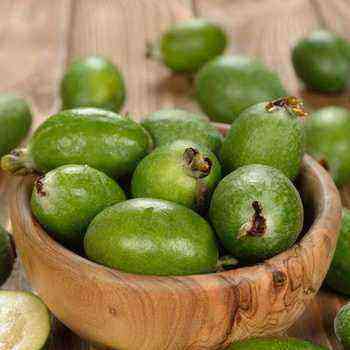This plant is gaining more and more popularity all over the world. I think everyone knows
the name “kiwi”. This is the name of the Chinese actinidia (Actinidia
deliciosa) New Zealand farmers who have grown this plant for a long time.
The first varieties were also developed in New Zealand. I want to define the terminology right away.
Under the name “kiwi” we usually mean varietal actinidia
Chinese with high yields and / or large fruits, but simply actinidia
Chinese is usually called non-varietal plants obtained from seeds. In the last
20-30 years ago, a real boom began all over the world. Several dozen have already been withdrawn
varieties, and kiwi is now grown in many countries of Europe, USA, South America.
In our local markets, kiwi seedlings are sold a little less than seedlings
grapes.
The native land of the plant is China, where the Chinese actinidia grows in mountain broad-leaved
forests in conditions of relatively cold dry winters and humid warm summers.
Like most species of actinidia, Chinese actinidia is dioecious, i.e. necessary
plant at least 2 plants of different sexes to produce fruits. The plant is resistant
in the temperature range from -17C to 35C. For 14 years of cultivation in our climate
there was never frost damage, although 2 winters turned out to be very harsh with
temperatures down to -12 C. One summer, it was a very hot day with a temperature
42C, and all the shoots, leaves and fruits that were in the sun received heavy
damage.
The fruits baked and crumbled, the leaves burned, and the bark with the sun
sides died and peeled off. After that, the plants recovered for
three years. In our country, Chinese actinidia is stable in the open field without
shelters only on the Black Sea coast south of Anapa, and in the more northern and
in the eastern regions it is necessary to cover it like grapes in winter. There is information
that some amateurs in the Rostov region successfully grow it with winter
hiding place.
Chinese actinidia can be propagated by seeds, cuttings and grafting
for seedlings. Seed propagation is laborious, but it allows you to get plants with
a powerful root system, although the properties of the mother
plants. Until the moment of flowering, it is impossible to determine the sex of the plant, and flowering
begins in the 6-8th year of life. Freshly harvested seeds do not require stratification.
Immediately after removing from the fruit, they must be washed from the remnants of the pulp and immediately sown
into light fertile soil. Before sowing, the soil must be steamed,
as seedlings are very sensitive to root rot. They are embedded shallowly,
by 1-2 mm. At one time, I neglected to steam the soil, relying on chemical
dressing agent. The seeds sprouted very well, and I had about 400 seedlings, but
then they began to die en masse. Then I took the most developed, washed
their roots in boiled water and planted in steamed soil in separate pots.
Only in this way did I manage to save them, and all the other seedlings died.
If freshly harvested seeds cannot be sown immediately, they must also be washed from
leftover pulp, dry and store until stratification in a cool dry
Place.
Stratification is carried out for 1,5-2 months in coarse sand. Before
by the beginning of stratification, it also needs to be steamed, or even better – to ignite.
The seeds are mixed with sand, slightly moistened, wrapped in a cloth and placed
in a refrigerator or any other place with a temperature of about 5C. Weekly
seeds must be ventilated for 15-20 minutes at room temperature,
after which it must be placed in the refrigerator again.
After the end of the sowing process, as described above. Shoots
appear after 2 weeks. In the first year, they grow slowly, and they are not needed
nothing to feed, so as not to burn the roots. In the first winter, seedlings are better
keep in a cool place in the house, and plant in the open field in early spring.
I must say that with the help of seed reproduction I managed to get the most
a powerful and valuable plant of Chinese Actinidia in my collection. It turned out
male. I planted on it 4 varieties of kiwi, which bear fruit perfectly, and 2 branches
I left the wild for pollination of the varieties. The plant blooms so profusely that male
enough flowers for pollination, grafting and five more female kiwi plants growing
Location on.
Kiwi flowers
It is better to cut plants in late autumn and plant cuttings in the ground before winter,
but their survival rate without the use of rooting stimulants is low and amounts to
about 10%. As an experiment, I placed lignified cuttings in a moist
moss to the basement, where the temperature in winter was within 6-8C. К
spring all cuttings formed a callus, but after landing in open ground, they after about
2 months. Apparently, this was due to a sharp change in conditions of detention.
Plants can be grafted in different ways – with a green and lignified cuttings,
kidney in the butt and under the bark. I only succeed in the first way, although many
amateurs vaccinate differently. When grafted with a green cuttings, the plant on which
the vaccination will be carried out, it is necessary to water it very well in advance. Scion cuttings
stand for several hours in water, remove leaves from them, leaving only
short petioles. Choose well-growing shoots located closer to the ground,
cut off with a sharp knife, and then split, as with a conventional graft.
The scion stalk is sharpened in a wedge-shaped manner, inserted into the rootstock split and well wrapped
plastic wrap, and then close with a plastic cap for
protection from water. The main requirement for this vaccination is that the stock should not be
younger than the scion. If, after a few days, the leaf petiole falls off, and the bud
at its base awakens, then the vaccine has taken root. In about a month
the harness must be removed. The survival rate with this type of vaccination is high and amounts to
not less than 90%. The optimal time for this method of vaccination in our conditions
– end of May – beginning of June.
Male kiwi flowers
When growing this actinidia, like its other species, support is needed.
Do not let her into the trees, as she can strangle them. In nature, she
climbs the trunks of trees and gradually strangles them. Tree over time
dries up, and the vine begins to bear fruit in its crown. You can use a trellis
like grapes, but it should be more powerful, since the vine develops a large
vegetative mass.
When planting, special attention should be paid to soil preparation. In Chinese actinidia
superficial root system, occupying a large area, in need of
good aeration. If the soil is heavy, clayey, it needs to be improved. For
this is best done with woody humus for digging for the whole garden, where
landing is planned. On heavy soils, actinidia of this species develops a non-infectious
disease – flaking of the bark. The bark becomes loose, peels off easily,
stripping wood. In this case, soil replacement near the bushes is required, otherwise
death of plants is possible.
Plants bloom in late May – early June. The flowers are white at first, gradually
become creamy, fragrant, and smell like roses. The plant is very
moisture-loving, and during the entire growing season, the soil around the bushes should be constantly
wet.
Actinidia chinensis is growing very vigorously and needs to be pruned. Pruning
can be carried out almost all year round, with the exception of February-March, when it begins
active sap flow. If the plant is cut at this time, it will be strong
and “cry” for a long time, like grapes. It is necessary to cut out the weak, fertile,
thickening shoots. In general, pruning is very similar to grape pruning.
The fruits do not ripen on the liana, they must be harvested in late autumn, but before the first
freezing. In our conditions, the optimal harvest time is mid-November. After
harvesting, the fruits are stored in a cool place, preferably different varieties
separately, since different varieties have different keeping quality. If you want to
fast ripening, then the fruits are stored together with apples, and if they are laid
for long-term storage, then they cannot be stored together with apples in the same room.
Upon reaching consumer ripeness, the fruits soften, and they must be used
for food. The fruits of the plant – the record holders for the content of vitamin C, also contain
many biologically active substances, and therefore, it seems to me, it is worth trying
grow kiwi in the southern regions of our country. Until the yield of my plants
is not high and is about 20 kg per bush, but I have seen adult fruiting
specimens with a yield, as the owner said, about 200 kg per bush. Judging by
the amount of fruit on them, it’s true.
When I grafted varieties on my seedlings, I did not even suspect that the fruits
can be so different taste. There are fruits that are very sweet and sour, with a pronounced
strawberry, pineapple or apple flavor, almost odorless and with a strong odor.
We can say that the fruits of different varieties of kiwi are just as much different from each other.
from a friend to taste, as well as varieties of apples. In the markets of our cities you can see
fruits of only commercial varieties, characterized by good keeping quality, but
not always good taste. However, even the shape of the fruit can be
very different. Now there are interspecific hybrids of Chinese Actinidia with more
cold-resistant species of actinidia, which are able to grow and bear fruit in more
harsh climate. The fruits of these hybrids are smaller, they reach removable ripeness earlier,
but they have the same good keeping quality. There is already a hybrid of Chinese actinidia
and black-spotted with red fruit pulp.
